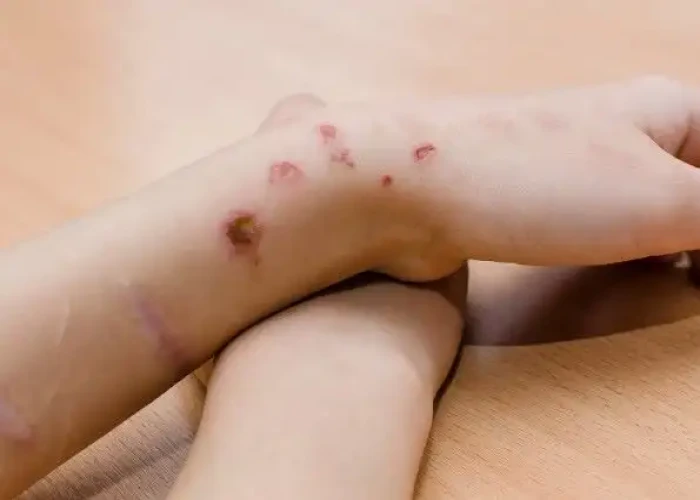 Welcome
Welcome
“May all be happy, may all be healed, may all be at peace and may no one ever suffer."
Self-injury / cutting
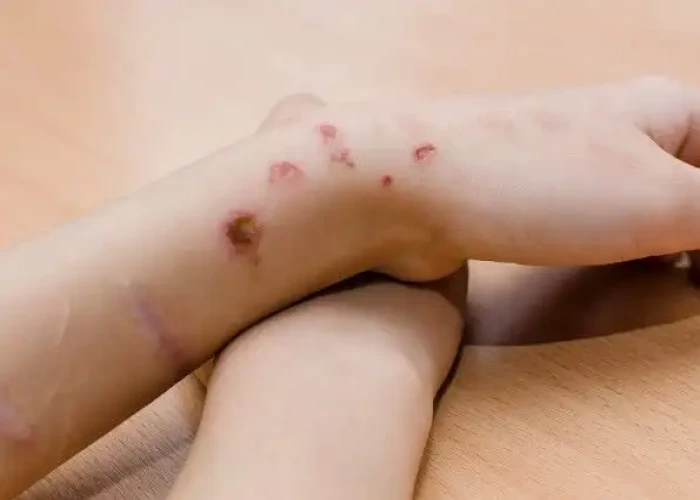
Self-injury, also known as self-harm, is a behavior in which a person deliberately and intentionally injures themselves without the intention of suicide. One common form of self-injury is cutting, in which a person uses a sharp object to make cuts or scratches on their skin. Other forms of self-injury may include burning, hitting oneself, or pulling out hair.
Self-injury is often associated with underlying mental health conditions such as depression, anxiety, or trauma. Individuals who engage in self-injury may do so as a way to cope with intense emotions, to distract themselves from emotional pain, or as a way to regain control over their lives. However, self-injury is not an effective coping mechanism and can cause physical harm, scarring, infection, and other medical complications.
Treatment for self-injury typically involves a combination of therapy, medication, and support from loved ones. Therapy may include cognitive-behavioral therapy, dialectical behavior therapy, or other forms of psychotherapy that aim to address the underlying emotional issues that contribute to self-injury. Medication may be used to treat underlying mental health conditions such as depression or anxiety. Support from loved ones, friends, or support groups can also be helpful in providing emotional support and encouragement to stop self-injury.
Research Papers
Disease Signs and Symptoms
- Extreme instability
- Piercing the skin with sharp objects
- Carving words or symbols on the skin
- Burning (with lit matches, cigarettes or heated, sharp objects such as knives)
- Cutting (cuts or severe scratches with a sharp object)
- Behavioral and emotional instability, impulsivity and unpredictability
- Difficulties in interpersonal relationships
- Frequent reports of accidental injury
- Excessive rubbing of an area to create a burn
- Fresh cuts, scratches, bruises, bite marks or other wounds
- Skin pain or burning sensation
- Inserting objects under the skin
Disease Causes
Self-injury
There's no one single or simple cause that leads someone to self-injure. In general, self-injury may result from:
- Poor coping skills. Nonsuicidal self-injury is usually the result of an inability to cope in healthy ways with psychological pain.
- Difficulty managing emotions. The person has a hard time regulating, expressing or understanding emotions. The mix of emotions that triggers self-injury is complex. For instance, there may be feelings of worthlessness, loneliness, panic, anger, guilt, rejection, self-hatred or confused sexuality
Through self-injury, the person may be trying to:
- Manage or reduce severe distress or anxiety and provide a sense of relief
- Provide a distraction from painful emotions through physical pain
- Feel a sense of control over his or her body, feelings, or life situations
- Feel something — anything — even if it's physical pain, when feeling emotionally empty
- Express internal feelings in an external way
- Communicate depression or distressful feelings to the outside world
- Be punished for perceived faults
Disease Prevents
Self-injury
There is no sure way to prevent your loved one's self-injuring behavior. But reducing the risk of self-injury includes strategies that involve both individuals and communities. Parents, family members, teachers, school nurses, coaches or friends can help.
- Identify someone at risk and offer help. Someone at risk can be taught resilience and healthy coping skills that can be used during periods of distress.
- Encourage expansion of social networks. Many people who self-injure feel lonely and disconnected. Helping someone form connections to people who don't self-injure can improve relationship and communication skills.
- Raise awareness. Learn about the warning signs of self-injury and what to do when you suspect it.
- Encourage peers to seek help. Peers tend to be loyal to friends. Encourage children, teens and young adults to avoid secrecy and reach out for help if they have a concern about a friend or loved one.
- Talk about media influence. News media, music and other highly visible outlets that feature self-injury may nudge vulnerable children and young adults to experiment. Teaching children critical thinking skills about the influences around them might reduce the harmful impact.
Disease Treatments
There's no one best way to treat self-injuring behavior, but the first step is to tell someone so you can get help. Treatment is based on your specific issues and any related mental health disorders you might have, such as depression. Because self-injury can become a major part of your life, it's best to get treatment from a mental health professional experienced in self-injury issues.
If the self-injury behavior is associated with a mental health disorder, such as depression or borderline personality disorder, the treatment plan focuses on that disorder, as well as the self-injury behavior.
Treating self-injury behavior can take time, hard work and your own desire to recover.
Here's more information about treatment options.
Psychotherapy
Known as talk therapy or psychological counseling, psychotherapy can help you:
- Identify and manage underlying issues that trigger self-injuring behavior
- Learn skills to better manage distress
- Learn how to regulate your emotions
- Learn how to boost your self-image
- Develop skills to improve your relationships and social skills
- Develop healthy problem-solving skills
Several types of individual psychotherapy may be helpful, such as:
- Cognitive behavioral therapy (CBT), which helps you identify unhealthy, negative beliefs and behaviors and replace them with healthy, adaptive ones
- Dialectical behavior therapy, a type of CBT that teaches behavioral skills to help you tolerate distress, manage or regulate your emotions, and improve your relationships with others
- Mindfulness-based therapies, which help you live in the present, appropriately perceive the thoughts and actions of those around you to reduce your anxiety and depression, and improve your general well-being
In addition to individual therapy sessions, family therapy or group therapy also may be recommended.
Medications
There are no medications to specifically treat self-injuring behavior. However, if you're diagnosed with a mental health disorder, such as depression or an anxiety disorder, your doctor may recommend antidepressants or other medications to treat the underlying disorder that's associated with self-injury. Treatment for these disorders may help you feel less compelled to hurt yourself.
Psychiatric hospitalization
If you injure yourself severely or repeatedly, your doctor may recommend that you be admitted to a hospital for psychiatric care. Hospitalization, often short term, can provide a safe environment and more-intensive treatment until you get through a crisis. Mental health day treatment programs also may be an option.
Disease Diagnoses
Disease Allopathic Generics
Disease Ayurvedic Generics
Disease Homeopathic Generics
Disease yoga
Self-injury / cutting and Learn More about Diseases

Dwarfism

Sprains
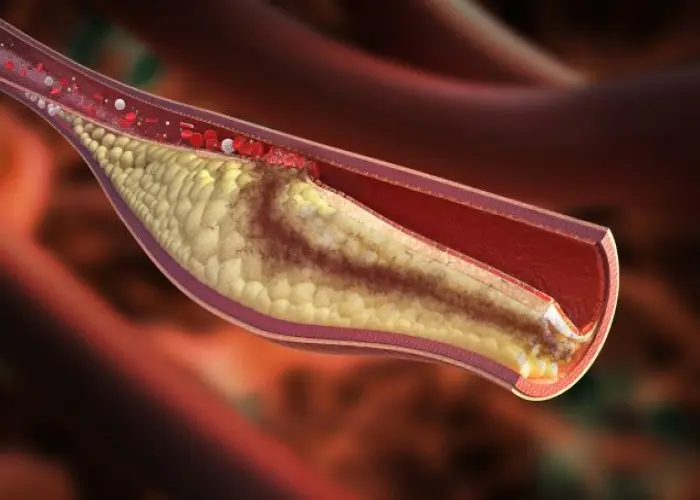
Acute coronary syndrome
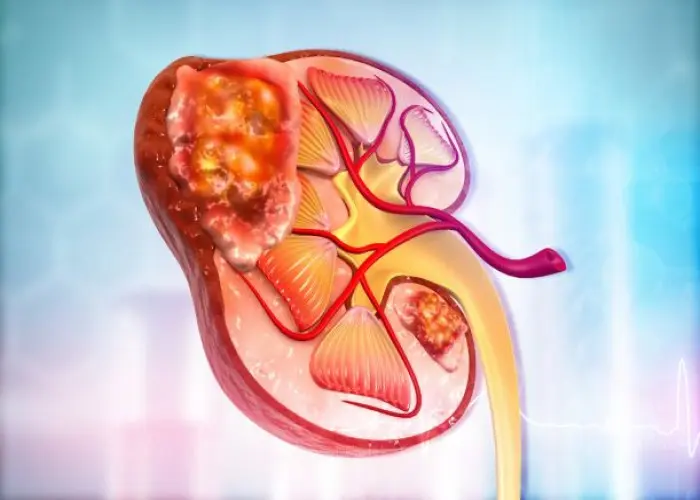
Adrenal cancer

Coronavirus disease 2019 (COVID-19)
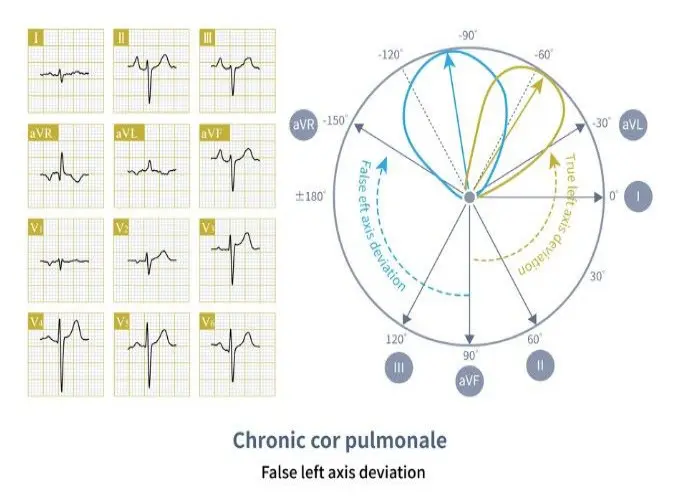
Cor Pulmonale
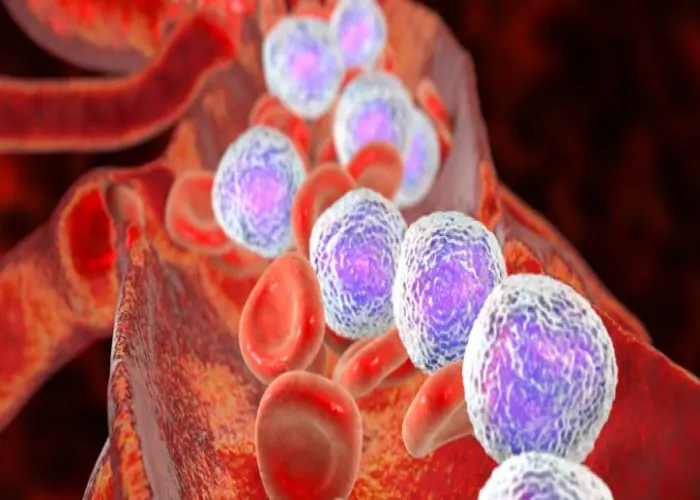
Acute lymphocytic leukemia

Bartholin's cyst
Self-injury cutting, স্ব-আঘাত বা কাটা
To be happy, beautiful, healthy, wealthy, hale and long-lived stay with DM3S.
